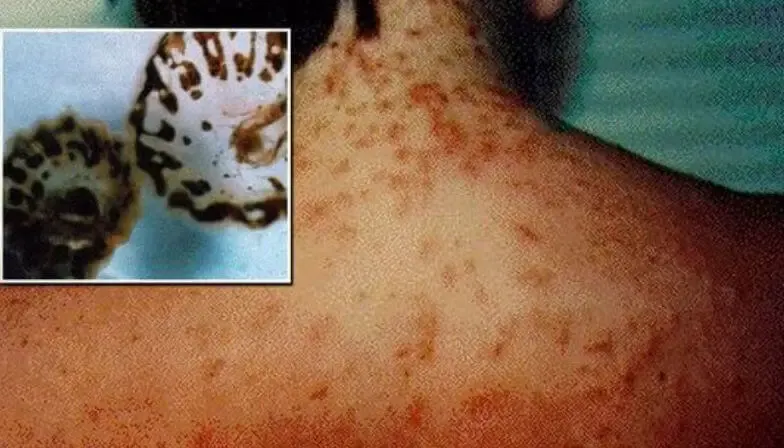The hot weather can attract all kinds of unpleasant creepy crawlies.
We all hate weird animals that can make us ill in so many unexpected ways – but we’d bet you never thought you’d have to be scared of them in the sea!
Well, if you want to know a way to stay safer over the summer heat make sure to read on, and don’t panic if this happens to you!
Sam Kanizay is just a normal 16-year-old from Melbourne, Australia.
He decided to chill off in the sea after a quick match with his friends – but the whole situation went pear-shaped very quickly.
Sam just dipped his feet in the water and when he got out, he saw what he thought was just a bit of sand.
He shook it off but it was too late, because when he started walking away he saw his feet starting to bleed profusely!
Naturally, Sam was shocked and his parents immediately took him to the doctors.
But even the medical professionals were scratching their heads at what could have caused Sam’s mysterious injury!

Fortunately, Sam’s dad had an idea to go back to where his son had dipped his feet and take some pictures.
He brought back some of the weird crawlies with them and they were later identified as sea lice.
If you haven’t heard of them before, don’t worry – you’re not the only one.
Also known as thimble jellyfish, they look like little bugs but they’re actually aquatic animals, very much like their bigger counterpart, the jellyfish.
Similar to big jellyfish, sea lice attack you by stinging – and because they’re so small, they actually look like nothing more than sand stuck to your ankles!
But if you feel a burning sensation, shake the sand off immediately and get yourself to a doctor because you might have become a victim of sea lice.
Lots of beaches all around the world have had sea lice infestations.
One of these is Pensacola, Florida, where lifeguards are warning against a big infestation that’ll probably last the whole summer.
If you see a sign at your local beach warning of a sea lice invasion, it’s perhaps best to avoid the water!

As Sam’s family learned with relief later on, sea lice aren’t poisonous or can’t really cause any lasting damage, unless you’re severely allergic to them.
The reason why Sam had such a severe reaction was because his blood has problems coagulating properly – so all the bites of the sea lice that would have just caused a rash in anyone else turned into big wounds!
With his feet bandaged up, Sam is now getting a lot better.
Researchers all agree that there’s nothing to fear about sea lice because their bites are not more dangerous than that of a mosquito – and yet, it’s still very important to keep yourself safe from them because if you don’t notice them they can munch on you for hours!
Share this article with your friends to raise awareness of the danger of sea lice!
